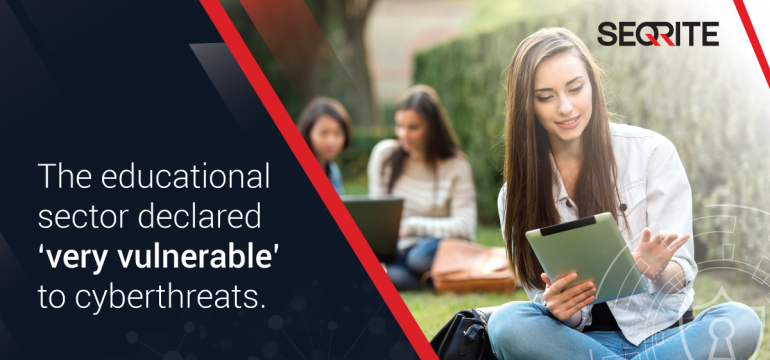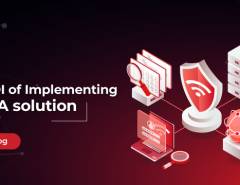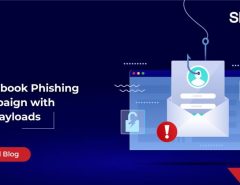In recent times, the education sector has seen an upsurge in the number of cyberthreats. Seqrite’s Threat Report Q3 2019 found that the education sector saw the largest number of cyberthreats between July and September 2019, accounting for 30% of cyberthreats targeting Indian enterprises.
Now, due to the COVID-19 pandemic which has shuttered educational institutes all over the world and forced students and teachers to connect virtually, the risk index has increased exponentially. Educational institutes have struggled to withstand the evolving flow of cyberthreats. The confidential data they possess along with their traditionally weak infrastructures as compared to bigger enterprises have often made them extremely vulnerable to malicious threat actors. The advent of remote working has just made the situation worse.
FBI alert: Online learning could have privacy and safety implications
In April, the United States’ Federal Bureau of Investigation (FBI) released an alert, warning education technology services and platforms about the increased risk of cyberattacks. “Today’s rapid incorporation of education technology (edtech) and online learning could have privacy and safety implications if students’ online activity is not closely monitored,” warned FBI pointing to an example in 2017 where cyber actors hacked multiple school district servers in the US and gained access to confidential student information which was then used to threaten the students. The FBI recommended that parents closely monitor their child’s use of edtech and online activities and supervise their exposure and spread of Information on the Internet.
What are some of the biggest Cyberthreats to the education sector, arising from the “new normal” of remote workforces?
Ransomware
Ransomware originally targeted the healthcare industry but has pivoted to the educational sector as well, evidenced by several attacks on public schools in North America last year. With more young children now accessing educational services from lesser secured devices at home, the risk of getting a ransomware infection is increased.
Compliance
As a sector that processes large amounts of confidential data of minors, the education sector must comply with data privacy laws across countries. For example, in the United States, the Children’s Online Privacy Protection Act (COPPA) mandates guidelines around information sharing for children aged 13.
Currently, the education sector has been forced to move to a system where control over the devices their subjects are using has been relinquished to a large extent, which can lead to compliance-related issues.
Data Breaches
With students and staff using personal devices and public networks that may not be secure, the risk of data breaches exponentially increases. The possibility of data being leaked through malware exploitation or phishing attacks is a major threat.
Seqrite can provide peace of mind to security administrators in the education sector who are worried about data leakage. Explore the wide range of Seqrite’s enterprise cybersecurity products, a one-stop solution for companies looking to reinforce their business’ data security, by providing enhanced data privacy solutions. Seqrite creates a highly secured operating environment that increases the efficacy of business processes by keeping valuable data intact. Seqrite’s comprehensive solutions offer robust data protection for desktops and servers, onsite as well as offsite, and is compliant with all international data protection laws.




